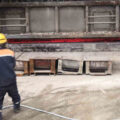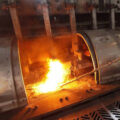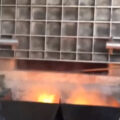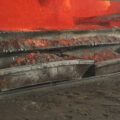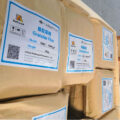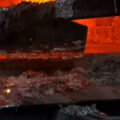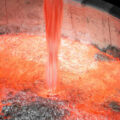In the smelting process of aluminum and aluminum alloy, in addition to its own inclusions, aluminum is very easy to form alumina or sub-alumina with oxygen. It results in a layer of scum on the surface of the molten aluminum, which has a certain wettability with the aluminum melt, and a considerable amount of molten aluminum is mixed in the slag. The aluminum refining process can change the wettability, increase the surface tension at the interface between the slag and aluminum, so as to separate the slag and aluminum.
Fluxes for aluminum alloys are generally composed of chlorides and fluorides of alkali metals and alkaline earth metals. The main components are KCl, NaCl, NaF. CaF₂, Na3AlF6, Na₂SiF6, etc., but the content of the components is different, and the effect is also different. In addition to using the flux produced by AdTech, it is best according to the place. At the same time, strictly control the refining process conditions, such as the amount of flux, the contact time, contact area, stirring condition, temperature, etc. The refining fluxes can effectively reduce aluminum in the slag and reduce casting losses.
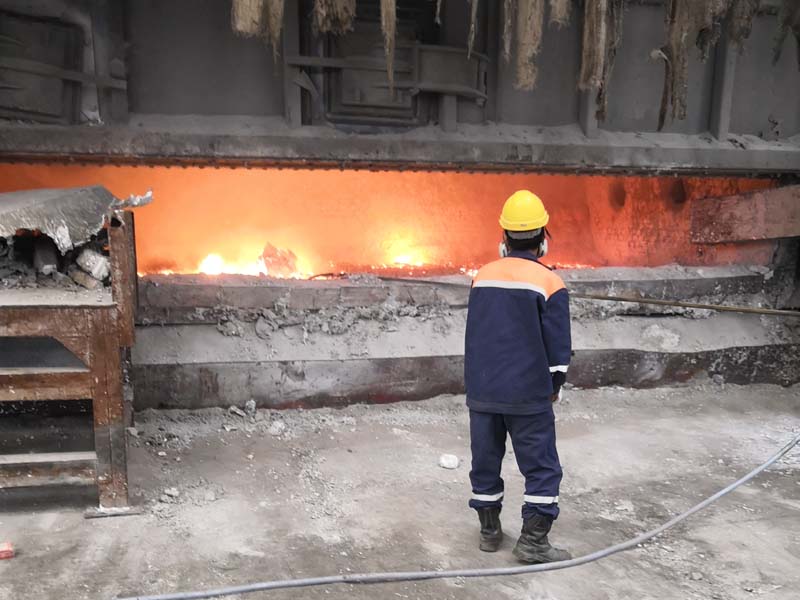
Aluminum Refining Process
Aluminum ash is an inevitable part of the melting and casting process. Despite the relevant measures, a certain proportion of metal aluminum will be taken out and it needs to be effectively treated. The easiest and most economical method is to use a roller to grind the aluminum slag repeatedly and then screen it, so as to effectively recover part of the aluminum.
The aluminum ash slope of the mixed furnace directly affects the amount of aluminum slag. If the slope is too large, most of the slag will not be removed, resulting in a large amount of aluminum slag and aluminum deposition. Slag and aluminum deposits cannot be recovered in time during furnace cleaning. Under the premise of ensuring the capacity of the mixing furnace, reduce the slope of the slag as much as possible.
The dross removing operation is basically to manually pull the aluminum slag out of the furnace door by a large rake. In addition to careful operation by personnel during this operation, try not to bring the aluminum liquid out. At the same time, it is recommended to open several rows of small round holes on the surface of the large rake, so that the liquid aluminum contained in the aluminum slag can flow into the furnace. Otherwise, too much liquid aluminum will be taken out and will cause burning damage.

